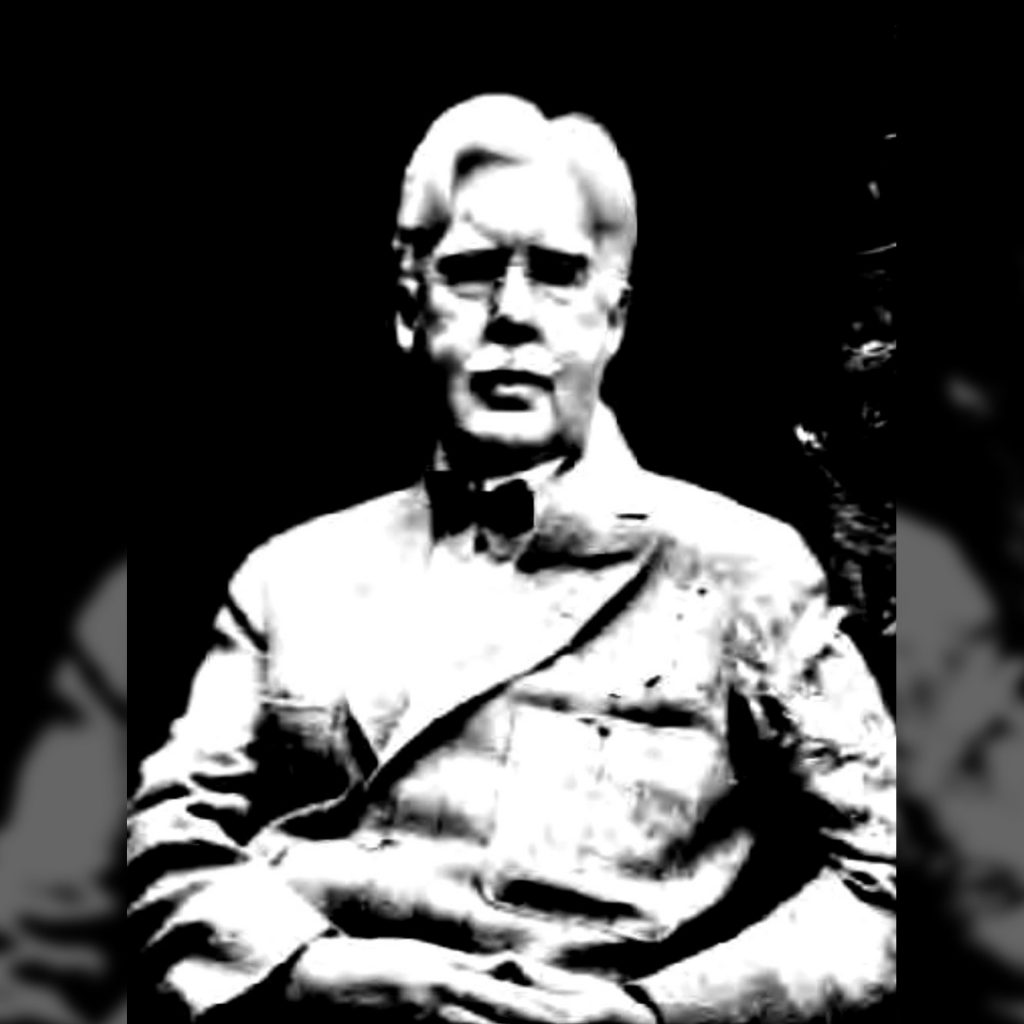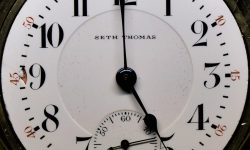William Sylvester Eaton – Inventor, Entrepreneur, Engraver, and Artist

William Sylvester Eaton was a pivotal figure in the American watch industry. After spending his childhood in Waltham, Massachusetts, Eaton moved to Sag Harbor, New York in the 1880s to accept a position at the Fahys Watch Case factory.
Mr. Eaton’s unparalleled artistic and engraving skills earned him the position of superintendent of the engraving department at the growing case company. During his time as superintendent, Eaton patented a new method of machine-engraving with layered patterned plates.
Eaton also developed a machine that was capable of engraving 54 watch cases at a time, dramatically improving the production efficiency at the factory.
In 1892, Eaton started the Eaton Dial Manufacturing Company while still serving as superintendent at the Fahys factory. An innovative method of creating the dial designs was derived from his expertise in the engraving industry. After a promising start, the company quickly failed within a few years.
This business failure did not discourage Mr. Eaton, however. In 1897, along with his business partner Frank Glover, the Eaton & Glover company was formed to sell engraving machines to watchmakers and jobbers across the country.
This business proved to be very successful, and the company continued to improve upon the machine design over the years. As the company expanded, it reorganized as the Engravers and Printers Machinery Company, and in 1910, the “Model C” pantograph machine was introduced, practically revolutionizing the steel and copper engraving industry.
During his lifetime, Eaton was issued at least eight patents for processes and machinery related to engraving and design.
William S. Eaton’s reputation eventually earned him a contract with the Federal Bureau of Engraving and Printing in Washington, D.C. to design and manufacture special machinery for printing bank notes.
Later in life, Eaton became an avid oil painter, departing from mechanical practicality to explore pure creative endeavors. Some of his paintings are still occasionally available for sale in various auctions. When Eaton died in 1939, he was revered as one of the most influential citizens in Sag Harbor.

Courtesy of Eldred’s

![Waltham Model 1870 Crescent Street, c.1871 [Dial] img](https://blog.pocketwatchdatabase.com/wp-content/uploads/2022/01/130433389_396303908471537_4542185724616964075_n-1024x1024.jpg)

